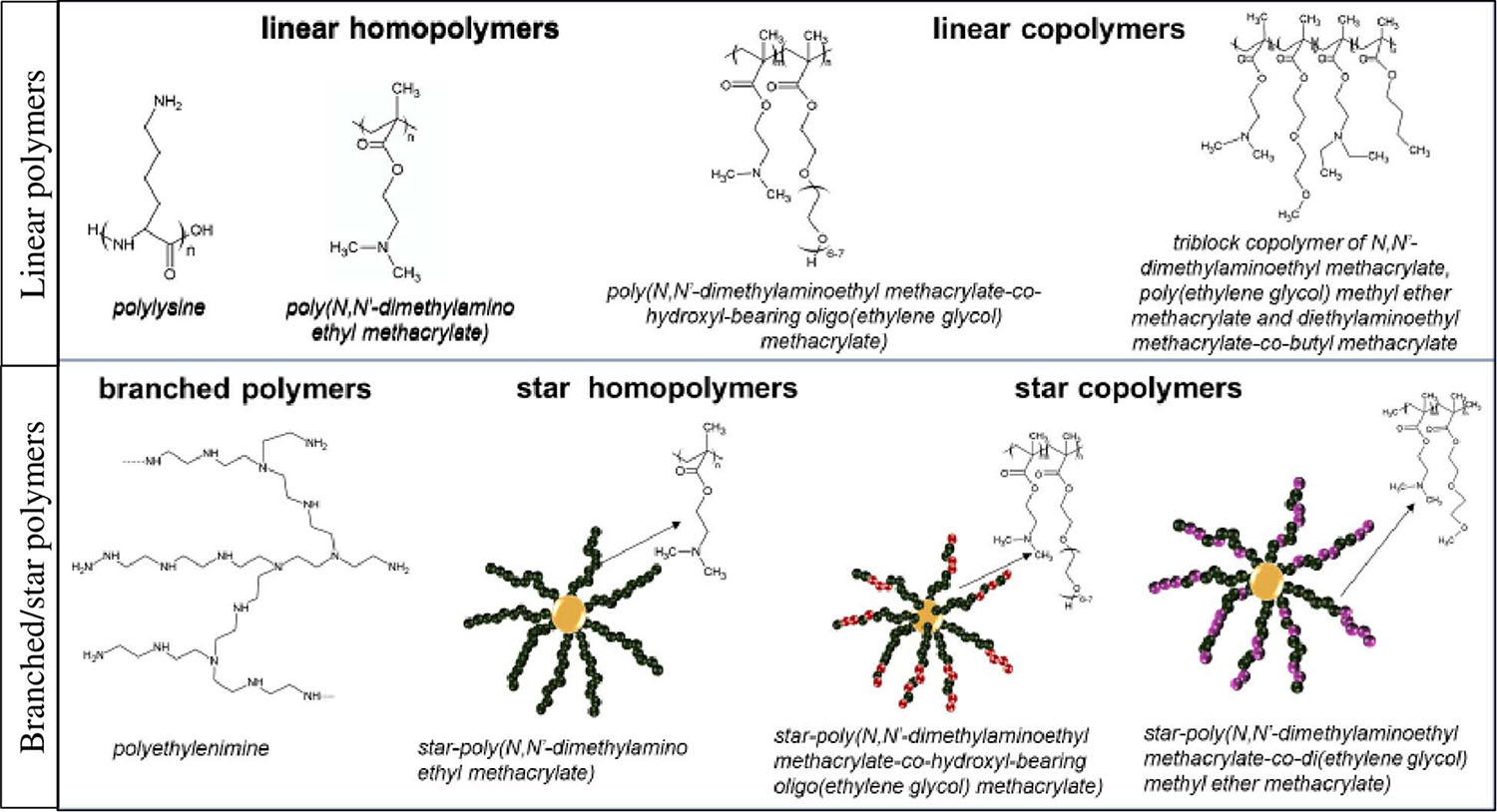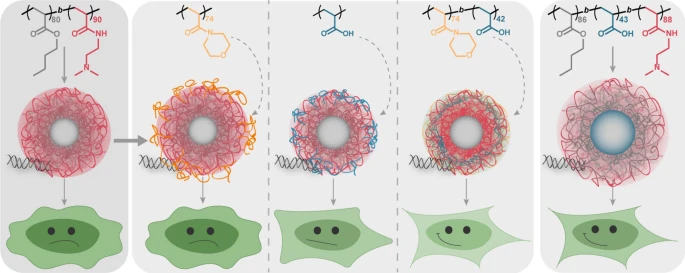Types of Cationic Polymers and Their Benefits
1. Polyethyleneimine (PEI):
- Type: One of the most commonly used cationic polymers for gene delivery, available in linear and branched forms.
- Benefits: High efficiency in DNA binding and gene transfection, widely studied and easy to synthesize, low cost.
2. Chitosan:
- Type: Derived from chitin, a natural polymer with cationic properties.
- Benefits: Biocompatible, biodegradable, and safe for use in biomedical applications. It also has a lower cytotoxicity profile compared to some other cationic polymers.
3. Poly-L-lysine (PLL):
- Type: A synthetic cationic polymer made from lysine amino acids.
- Benefits: Well-established for cell transfection, it offers good stability and is effective in delivering both plasmid DNA and RNA.
4. Poly(amidoamine) (PAMAM) Dendrimers:
- Type: Highly branched, tree-like cationic polymers.
- Benefits: Precise control over size and surface charge, high loading capacity for nucleic acids, and efficient gene delivery.
5. Polycations based on Triethanolamine (TEA):
- Type: Cationic polymers with triethanolamine functional groups.
- Benefits: Effective for both DNA and RNA delivery, with controlled degradation properties for sustained release.
Benefits of Cationic Polymers
- Efficiency: They efficiently bind and deliver nucleic acids into cells, increasing transfection success.
- Low Immunogenicity: Compared to viral vectors, cationic polymers typically cause fewer immune responses.
- Versatility: They can deliver a variety of genetic materials, including DNA, RNA, and siRNA.
- Biocompatibility: Many cationic polymers are designed to be biodegradable, ensuring safer use in vivo for therapeutic applications.
Examples of cationic polymers used in gene delivery systems.
Optimizing Gene Delivery: Shielded Cationic Micelles for Better Efficiency and Lower Toxicity
Cationic polymers are effective for non-viral gene delivery due to their ability to bind genetic material and interact with cell membranes. However, their charged nature can increase cytotoxicity and interfere with serum proteins, limiting their in vivo use. To address this, hydrophilic or anionic shielding polymers are used. Researchers synthesized micelle-forming and shielding polymers through RAFT polymerization, including P(nBA-b-DMAEAm) cationic micelles and various shielding polymers like poly(acrylic acid) (PAA) and poly(4-acryloyl morpholine) (PNAM). These micelle systems were compared based on morphology, interaction with DNA, cytotoxicity, and transfection efficiency. The naked cationic micelles showed high transfection efficiency but increased toxicity. Adding shielding polymers reduced cytotoxicity, with the triblock terpolymer micelle offering the best balance of high cell viability and moderate transfection efficiency. The P(NAM-b-AA) micelle combination demonstrated excellent shielding, maintaining cell viability while supporting effective gene delivery.

